How to find a profitable niche is the number #1 challenge facing aspiring bloggers.
But finding a niche market is not always easy.
Yet it’s the key to online success.
But what is a niche market?
1. What Is a Niche Market?
Do you remember the 2005 movie ‘Magic Boots’ with Joel Edgerton and Chiwetel Ejiofor? It’s all about the power of niche markets. The main character inherits a struggling British shoe factory. Shoe factories are closing down all over the country due to competition from places like China and India. But the owner meets Lola, a drag queen, and suddenly realizes that no one is making women’s boots in men’s sizes.
Bingo! He just found a niche market.
In this article I’ll explain:
- Why niche markets are the key to online success
- Myths about niche markets
- The 4 key benefits of niche markets
- Where to find great niches
- Real-life examples of niche markets
2. What Is a Blogging Niche
A blogging niche is simply a segment or a sub-set of a larger market.
For example ‘Filter Coffee’ could be a blogging niche within the coffee market.
‘Organic Filter Coffee’ would be a blogging niche within the ‘filter coffee’ niche.
And ‘Dry Roasted Organic Filter Coffee’ would be a blogging sub-niche within the ‘organic filter coffee’ niche.

One of the reasons niche blog sites stand a better chance of success is that the more narrow your focus, the better you’ll be able to understand your target audience.
And the better you understand your audience, the better you’ll be able to address their concerns, answer their questions, speak their lingo, and know where they hang out on the internet.
For example, if you have a blog that deals with a very broad topic like ‘Pets’, your audience is not well defined. You won’t be able to cater to them because they don’t have a single interest that they share in common.
But if your blog is pitched at ‘training your pitbull to be a guard dog’ the people in your target audience are all focused on the the same thing.
They probably speak the same jargon, read the same magazines, hang out in the same places on the Internet etc.
You can talk to them much more effectively than an audience that only has a shared interest in ‘Pets’.
Stuart Walker, founder of NicheHacks, put it like this:
“Trying to market to everyone and anyone (i.e. weight loss for every sex, age and condition) leads to not really focusing one one specific type of persons issues and missing the mark. When you really focus on one specific type of person you can more effectively market to them”
To fully understand why niches are so important on the Internet, we need to look at the concept of the Long Tail.
I talked about this in another article and I don’t want to test my readers’ patience, so I’ll keep this brief.
3. Blogging Niches and The Long Tail
The long tail is a metaphor that describes the distribution of demand in the new marketplace of the Internet.In this distribution graph the ‘head’ is where the big selling items are, where demand is highest.The further you move away from the head, the lower the demand.But the head is not the juicy prize you might think it is – of the total demand on the Internet only 10 -15% lies in the head. Another 10-15% lies in the middle.And a whopping 70% of total demand lies in the long tail. That’s another way of saying that the vast majority of business on the Internet lies in niche markets.
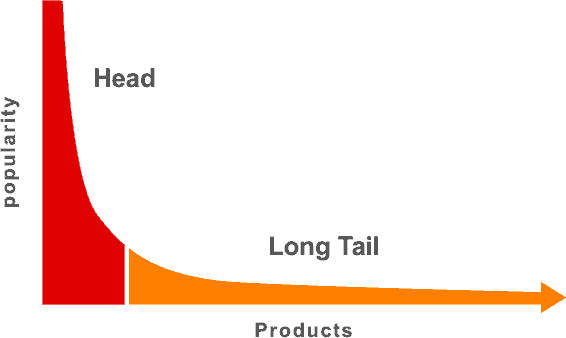
Of course, there’s another reason to go for a niche market.
4. Niche Blogs Are Like Long Tail Keywords
Just like long tail keywords, a niche blog site is going to be much easier to rank in the search engines.
Conversely, any website that is competing in the red part of the above distribution graph is going to be up against very stiff competition.For a new website that’s aiming for the red part of the market (the ‘Head’), it’s going to be years before there’s any chance of getting on to Page #1 in the search engines.
As Pat Flynn of Smart Passive Income puts it:
“I’d rather be on the first page of Google for a keyword that gets 3,000 exact searches per month, than on the fifth page for a keyword that gets 300,000 searches per month. Nobody visits the fifth page. Heck, nobody visits the second page either!”
5. Myths About Niche Markets
One of the most popular myths about niche markets is that you have to be the first to discover a good niche.
Nothing could be further from the truth.
In fact, if you ‘discover’ a niche where there are no other competitors, chances are there’s no money to be made there. Competition in a niche is a very good sign!
Here’s another popular myth about niche markets:
You have to be an expert on a particular topic to succeed in that niche.
Again, not true.
You do have to know more than your reader, but you don’t have to be an expert.
As you build out your niche website you’ll become an expert. But at the start it’s enough to be just two steps ahead of your reader.
6. The Four Key Benefits of Niche Markets
A key to finding your own profitable niche is understanding the benefits of a niche market.
Niche Market Benefit #1
Market your own expertise or a problem you’ve solved.
Under Armour is a sports clothing company that operates all around the globe. In 2015 Under Armour had net revenue of $1.17 billion.
But the company was founded by a football player who had a problem.
His cotton shirts were dripping with sweat every time he played sport.
So in 1996 Kevin Plank designed a compression shirt that stays dry no matter how much you exert yourself.
He distributed his new shirt to his teammates. They liked it and talked about it.
In that first year of operation, Under Armour made just 500 shirts with sales of $17,000. Two years later the company had annual sales of $750,000.
Niche Market Benefit #2
Reduced marketing costs – when you’re in a niche market you know exactly who you’re talking to.
And that means you can be much more focussed in your advertising.
That in turn means you’ll save a ton of money on marketing.
Imagine you have a product that is tailored to Hispanics. You’d be able to advertise on Hispanic radio stations and reach your target audience with bullseye accuracy.
And the advertising rates on Hispanic radio are much cheaper than on mainstream radio!
Niche Market Benefit #3
Increased profit margins – this one flows from Niche Market Benefit #2.
Reduced marketing costs translates to higher profit margins.
Niche Market Benefit #4
Get ranked in the search engines quicker.
Long tail keywords are much less competitive than standard, or ‘head’ keywords.
This means that if you’re doing SEO, you’ll be able to get your pages ranked quicker.
And if you’re doing Pay Per Click (PPC), your keywords will cost you a fraction of what standard keywords cost.
As you can see, the benefits of finding your own profitable niche are enormous.
7. Where To Find Great Blogging Niches
There are various techniques for finding your own profitable blogging niche.
Amazon
Go to Amazon.com and click on ‘Departments’ in the top right corner.
You’ll see a top-level list of all Amazon niches.
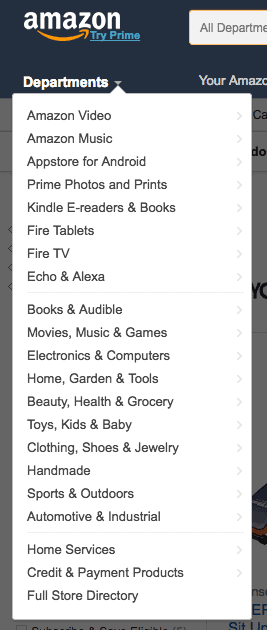
Let’s click on ‘Sports & Outdoors’:
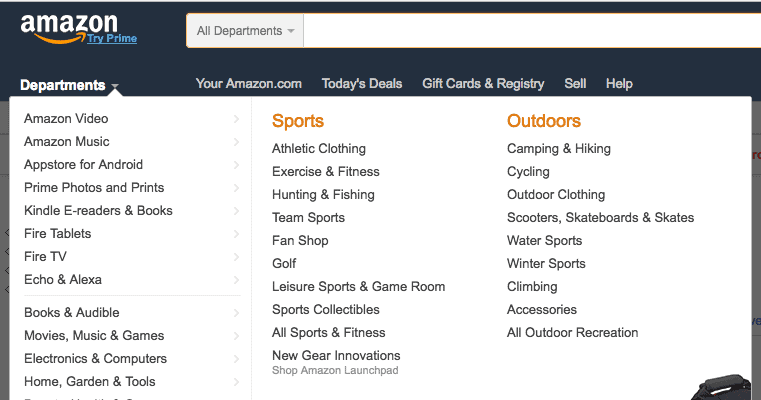
Now we’ll click on ‘Camping & Hiking’:
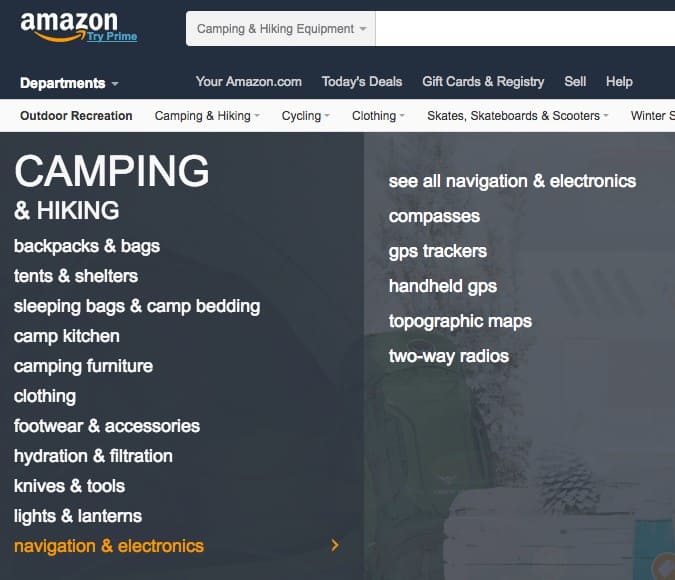
Under ‘Camping & Hiking’ we can see a sub-niche called ‘Navigation & Electronics’. We could decide that that’s our niche.
Or, we could go deeper and choose ‘GPS Trackers’ as our niche.
ClickBank
ClickBank is a great way of finding your own profitable niche:
It’s the world’s largest marketplace for digit products so its an excellent resource for understanding how the market is segmented.

Let’s say we want to look for a niche within ‘E-Business & E-Marketing’. Click on that category.
The sub-categories that you now see are all possible niches.
The fact that ClickBank has listed them as separate categories means there is enough activity in that sub-category to make it a potential niche.

Google Auto Suggest
Another technique for finding your own profitable niche is Google Auto Suggest.
I talked about Google Auto Suggest in another article so I’ll keep this short.
Let’s say your passion is cake decorating. Go to Google and type in ‘cake decorating’ followed by an underscore:

Google Auto Suggest lists:
- cake decorating supplies
- cake decorating ideas
- cake decorating classes
These are all ideas for potential niches.
If you want to drill down deeper, add another word followed by an underscore:

Google now lists:
- cake decorating ideas for beginners
- cake decorating ideas for birthday
More ideas for a potential niche!
Find A Forum
Go to Find A Forum and click on ‘Categories’ in the top menu:
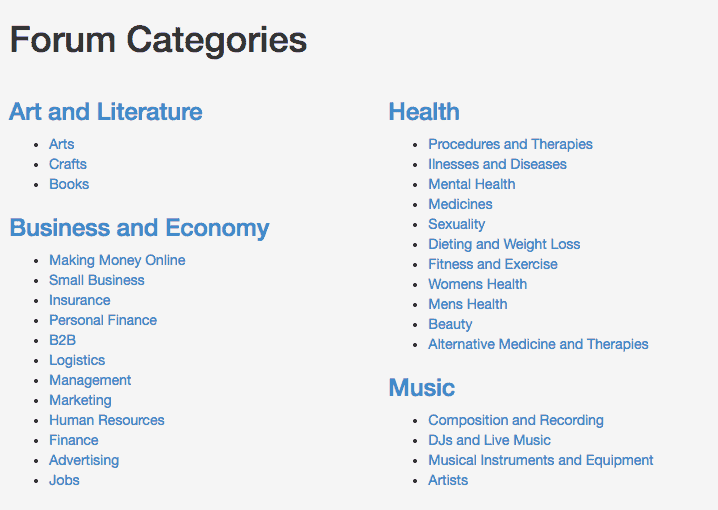
You’ll see top-level categories containing sub-categories.
These are all potential niches. One thing you can be sure of – if it has a forum it’s a potential niche!
Google Trends
Google Trends is a tool for testing long-term demand in a proposed niche. It’s another way of finding your own profitable niche.
If I type in ‘video marketing’ I see that demand has been fairly constant over the last 5 years:
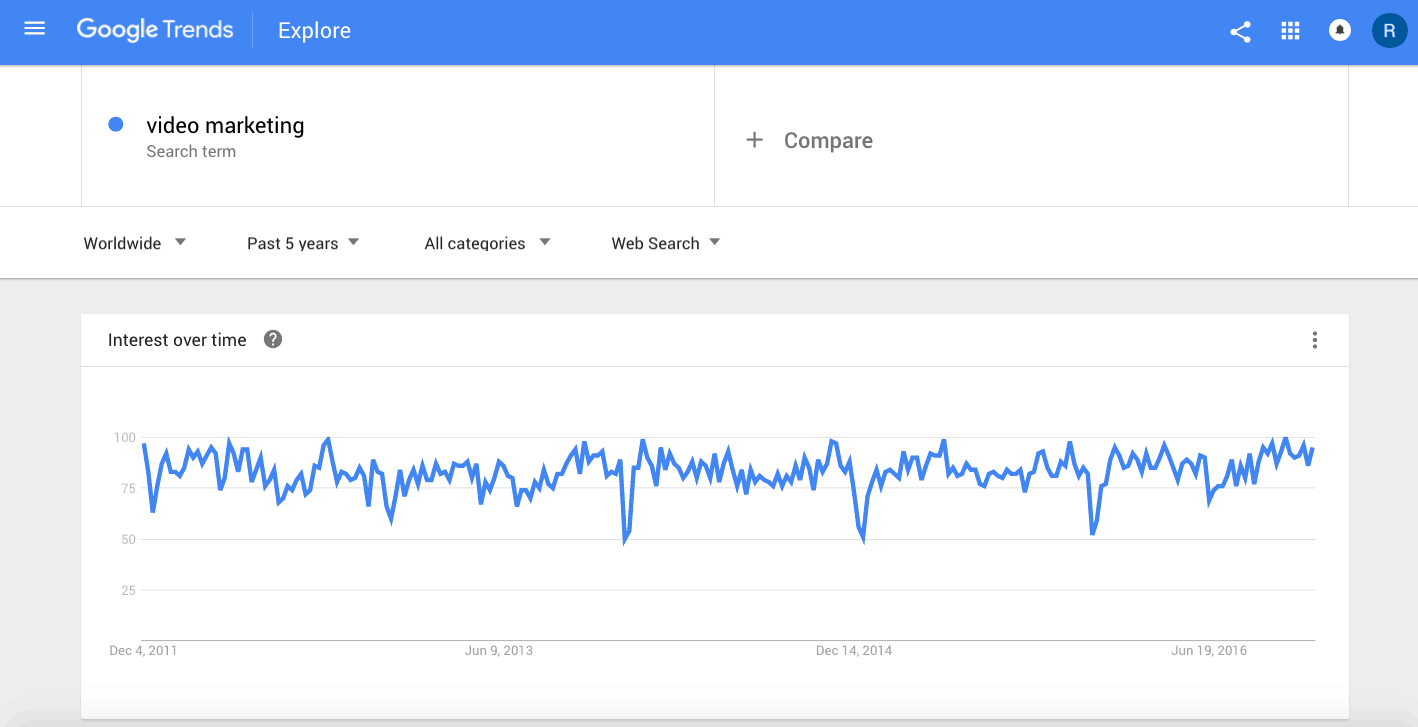
But if I type in ‘cake decorating’, I see that demand has been declining over the last 5 years:
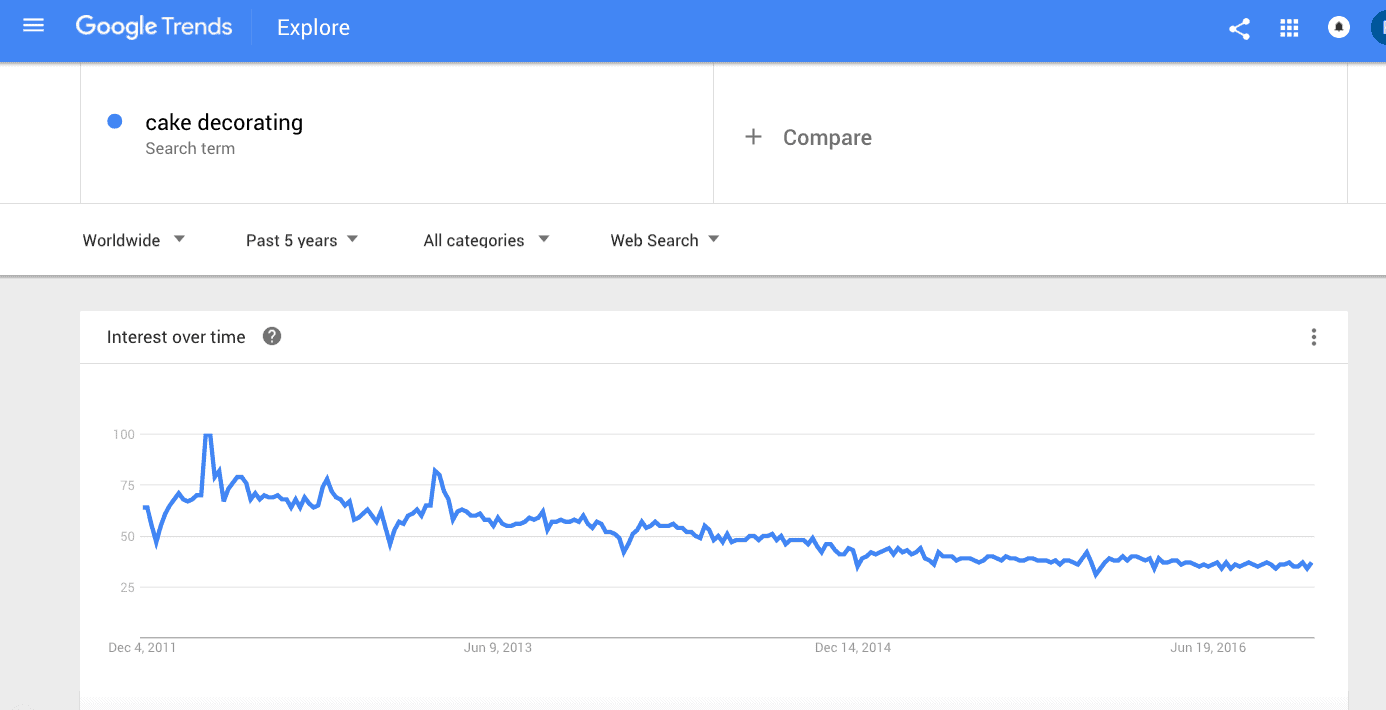
This would make me think twice about choosing the ‘cake decorating’ niche.
What about selfie-sticks?
To my surprise I see that demand has peaked and is well and truly in decline:
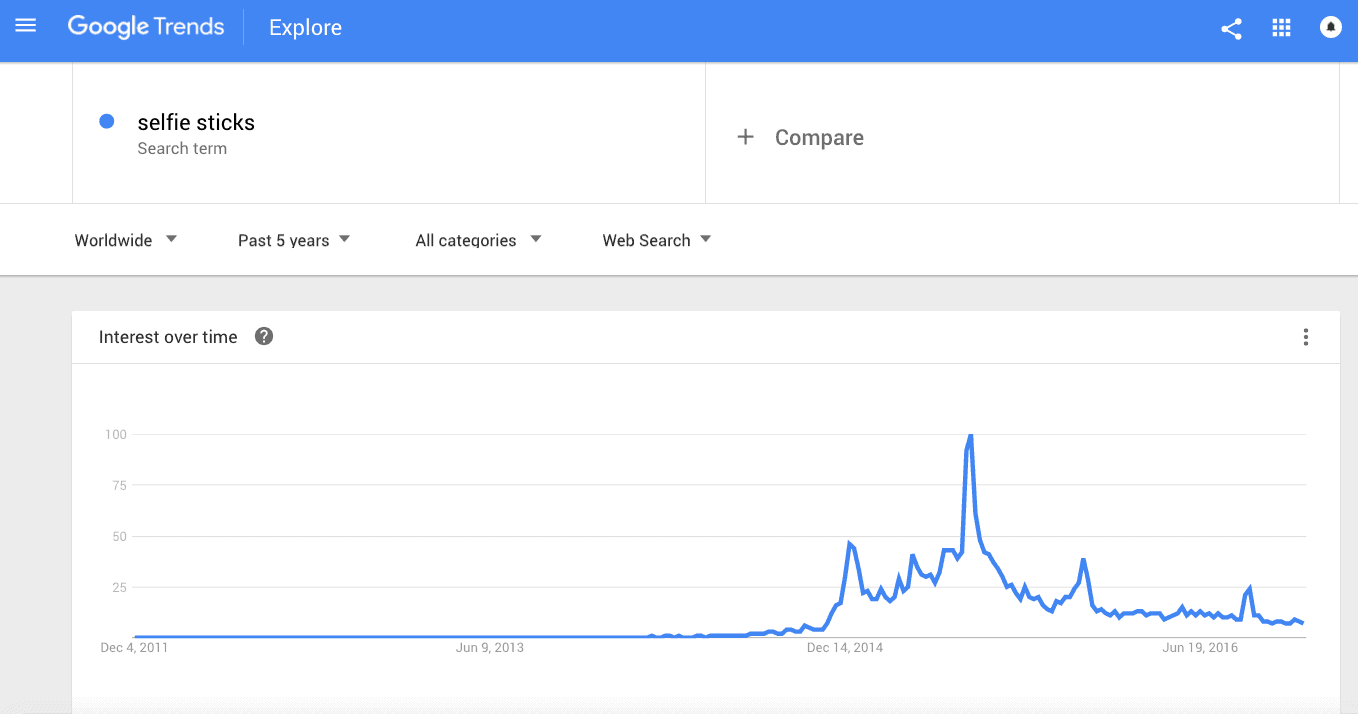
I’d be well advised to leave that niche alone as well.
But what about ‘Bluetooth speakers’? I see straight away that demand is steady and growing:
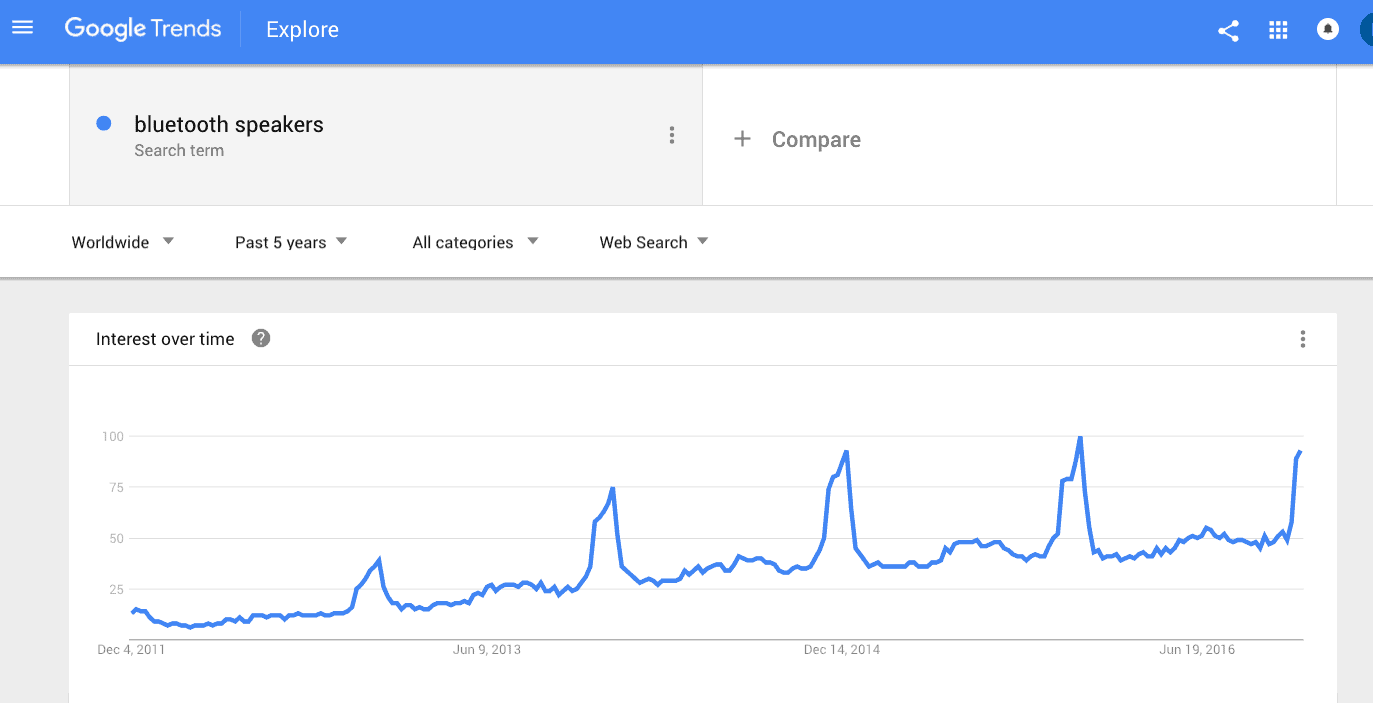
As well as giving you data on long-term shifts in demand for a keyword, Google Trends will also give you related terms. So this is a great tool for finding niche ideas.
Once you’ve typed in your keyword, scroll down beneath the ‘Interest By Region’ panel and you’ll see a ‘Related Queries‘ box.
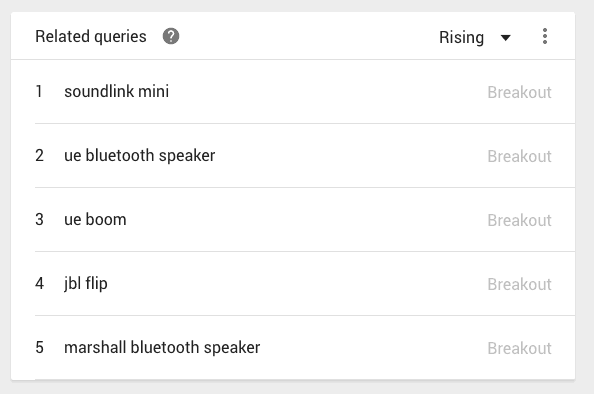
This box will give you up to 25 related queries. Those related queries may contain some great ideas for your niche.
Pro Tip: click on the ‘hamburger menu’ in the top right of the box and you’ll see an option to download a CSV file. That file will contain more related queries than are presented on the webpage:
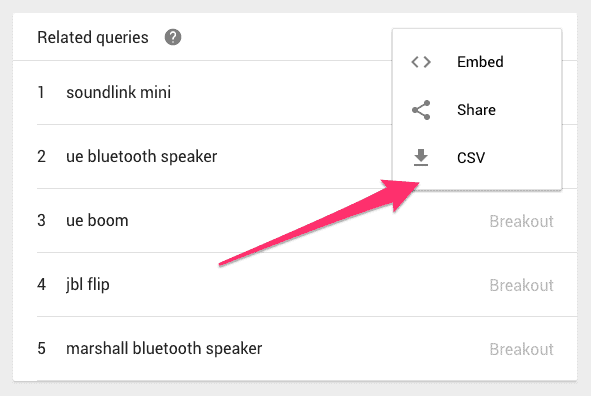
When you find a niche with strong demand make sure to click on the ‘Interest By Region’ tab.
It’s very important to see the geographical distribution of demand. You’ll want to make sure that demand is strong in the geographical area that you’re targeting.
Alternatively, you may want to target a new geographical area that you hadn’t considered.
In the case of ‘Bluetooth speakers’, I see that demand is strongest in the UK, followed by the US and New Zealand.
But what really interests me is the country in number 4 position.

Given the sheer scale of the India market (India is set to become the 3rd largest economy in the world over the next decade) I start thinking about a niche site that targets Bluetooth speakers for the English-speaking India market.
Magazines
Magazines are another place to get ideas about your niche.
Print publishing is expensive and publishers won’t publish a magazine unless there’s strong demand. So if a topic has a magazine you can be sure it’s a potential niche.
Go to magazines.com and click on the ‘All Categories’ tab to see a list of top-level niches:

Click on one of the top-level categories to drill down and view the sub-niches:

eBay
eBay is another great place for finding your own profitable niche.
As with the categories on Amazon, the categories and sub-categories listed on eBay are real-world niches where people actively buy and sell things:
You can be confident that these niches are viable and have real demand.
Just click on the ‘Shop By Category’ menu to see a list of eBay top-level niches:
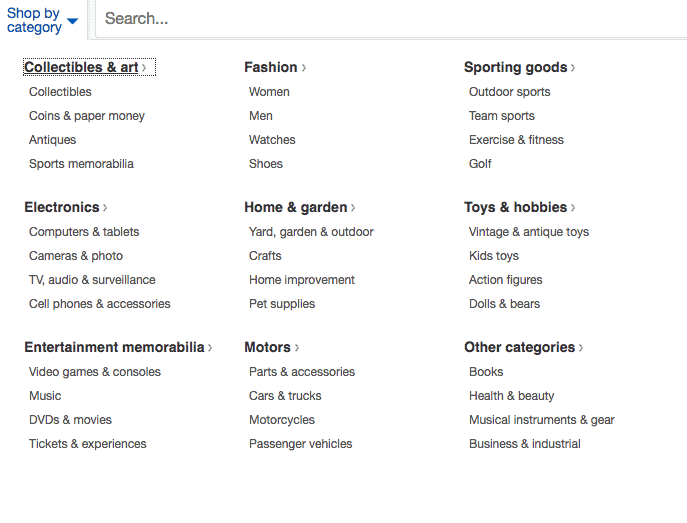
Click on one of these headings to see the sub-niches within that niche:
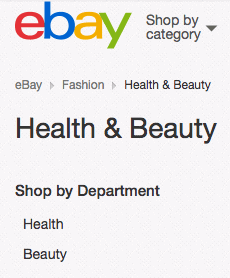
Click on one of the sub-categories:

Keep drilling down until there are no more sub-categories:

UberSuggest
Another way to get niche ideas is to head over to Uber Suggest.
This tool basically uses Google Auto Suggest but runsGoogle Auto Suggest through the alphabet, searching for every possible permutation of your root keyword.
If someone has searched for it, Uber Suggest will list it in the results.
For detailed instructions on how to use Uber Suggest, see my article on Long Tail Keywords.
Now that we’ve covered some key techniques for finding your own profitable niche, it’s time to look at some concrete examples of profitable niches.
8. Examples of Niche Websites
Pixie Faire
Like many niche websites, PixieFaire grew out of a hobby and a pastime.
Cinnamon Miles was a seamstress and designer. When her daughter turned six she found herself producing one doll’s outfit after another. Her daughter soon became the envy of the neighbourhood.
Cinnamon and her husband now run PixieFaire, the Internet’s largest marketplace for doll clothing patterns. They generate over $600,000 in profit per year.
Butch Bakery
The cupcake fad swept North America in 2011 with chains like Crumbs Bake Shop Inc. listed on the Nasdaq stock exchange.
Butch Bakery put beer and bacon into their cupcakes and discovered a niche within a niche.
Banana Guard
Although Banana Guard now offers a range of food protectors but it started off, like many niche products, as a solution to a single very specific problem – how to stop your banana from bruising.

Copa Di Vino
Copa Di Vino came up with the novel idea of selling wine in pre-packaged cups. This made wine available in venues that only allowed individual portions, such as stadiums.
Seems an obvious idea, but no one had thought of it.
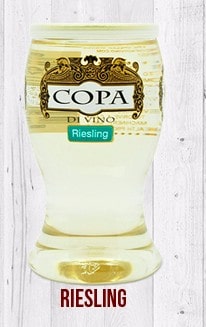
The Sock Club
Like the DollardShaveClub, someone came up with the idea of a subscription-based service that would take the time and effort out of buying socks.
At the Sock Club you can have stylish socks delivered to your house monthly. As with other niche ideas, its very specific and solves a common problem.
Ties.com
Ties.com discovered a niche in offering just one item of clothing. That’s all they sell, and they’ve been doing it since 1998!
Bonobos
Bonobos is no longer a niche company but they started out that way.
In typical niche fashion, Stanford Business School graduate Brian Spaly set out to do get just one thing right: eliminate the problem of ‘khaki diaper butt’ in men’s trousers.
He succeeded so well that 90% of people who tried on the trousers ended up buying them.
Within 6 months of starting their online store, the company had made $1 million in revenue.
Conclusion
Finding a sufficiently narrow niche could determine whether your blog succeeds or fails.
With a well-defined blogging niche you will:
- Find your your target audience faster
- Get your pages ranked on Google faster
- Become an expert faster
Here are some of the best ways to find your niche:
- Browse the categories on Amazon
- Browse the categories o ClickBank
- Browse the categories in Find A Forum
- Browse the categories on eBay
- Look at the keyword variations offered by Google Auto Suggest
- Look at trending topics on Google Trends
- Look at the topics covered by magazines
- Use Uber Suggest
Over to you – time to find your perfect niche!
Can definitely say that I picked up a few golden nuggets here. A well rounded write-up!
Thanks, Jim. I’m glad it was helpful, Rob